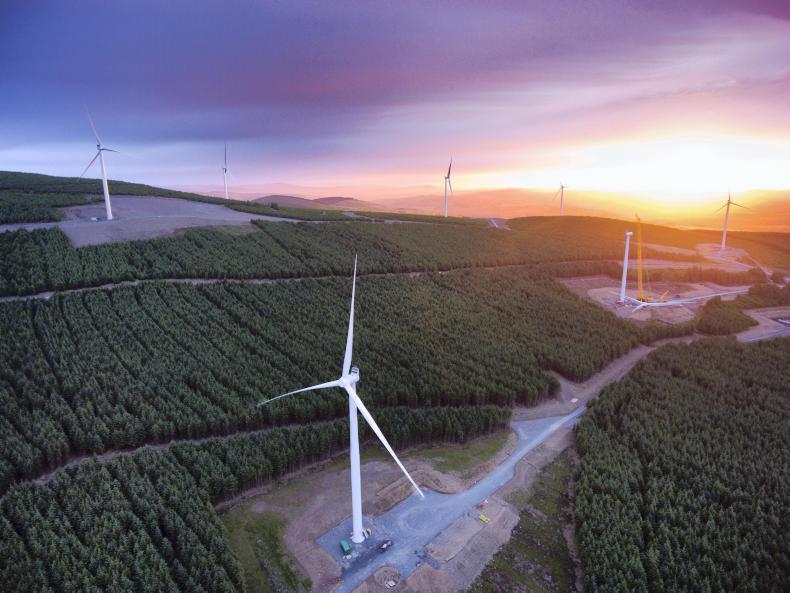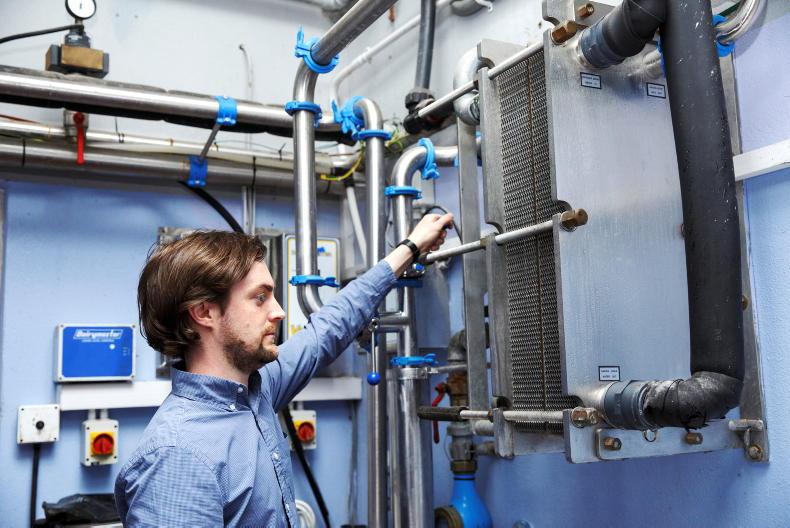Nearly 10,000 megawatt (MW) of new renewable electricity generation is expected to come on to the grid by 2030 in Ireland. This will come from both on and offshore wind, solar and gas generation, a new report has found.
This is roughly twice as much renewable electricity compared with what was available in 2020.
The new generation capacity will be required to replace some of the electricity generated through traditional methods (such as coal and gas) and will serve some of the increased demand for electricity.
In Northern Ireland, around 2,200MW of renewable electricity is expected to be developed over the same period.
The expected generation figures are contained in the recently published Shaping Our Energy Future document produced from the results of a public consultation by electricity transmission grid operators Eirgrid (Ireland) and SONI (Northern Ireland). The consultation was held to help inform and shape the required upgrades to the electricity grid.
Technologies
The report explored the expected new renewable electricity generation from 2021 until 2030, both north and south of the border. The report's generation assumptions can be found in Table 1.
The report assumes that there will be 500MW of microgeneration by 2030. They had originally modelled between 100MW and 400MW.
In Northern Ireland, they are assuming a further 100MW in addition to the 100MW currently in place.
They are planning for 5GW of offshore wind generation to be in place by 2030 in Ireland. Most of this will be based off the east coast of Ireland, as it is more technologically feasible than the south and west coasts.
In Northern Ireland, they have reduced the amount of offshore wind modelled based on the feedback and are planning for a 100MW pilot of offshore generation.
They anticipate an additional 2.4GW of onshore wind generation to be in place by 2030.
An additional 2,000MW in Ireland and 600MW in Northern Ireland of new generation is expected to come from derated gas generators.
They are also planning for 1.65GW of battery storage to be in place by 2030. This will help store wind and solar energy to be used when there is no sun or wind.










SHARING OPTIONS